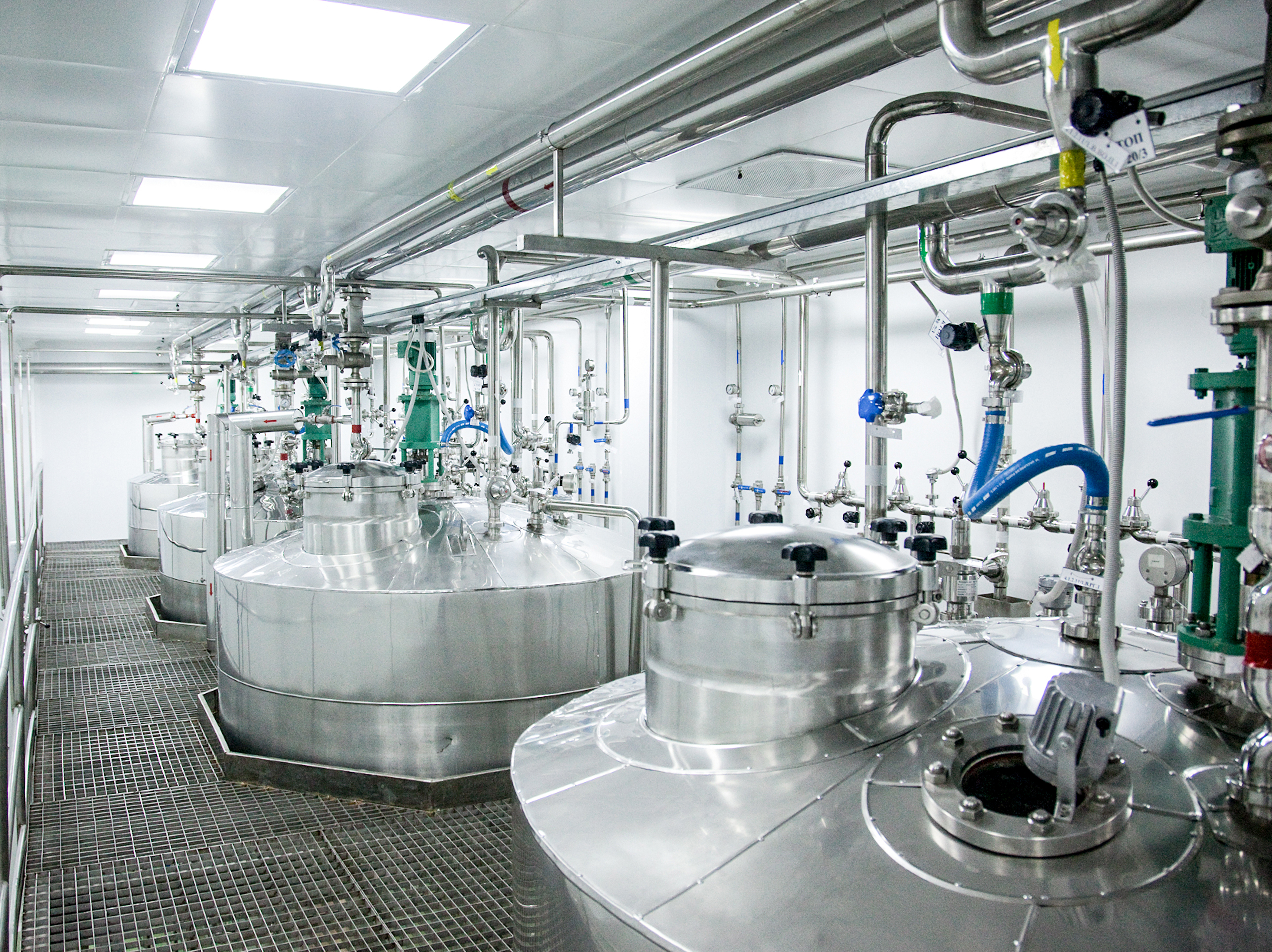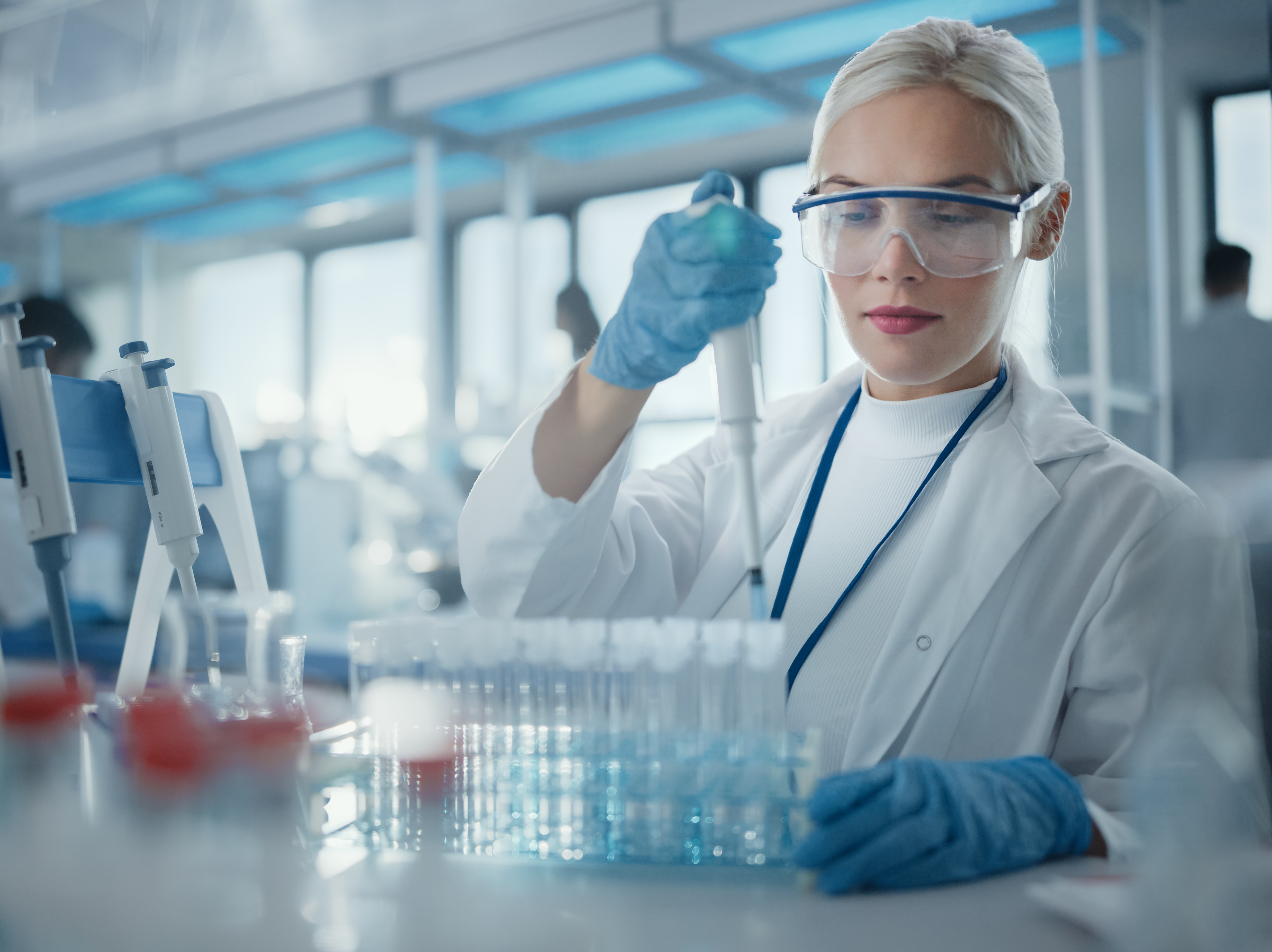Laboratory-produced antibodies mimic the natural antibodies produced by the immune system Y-shaped proteins composed of two light chains and two heavy chains connected by a disulfide bridge.
Host organism
Commercially, mAbs are often derived from CHO (Chinese Hamster Ovary) cell lines due to their capacity to perform post-translational modifications similar to those in humans.
Production system
The hybridoma technique, introduced in 1975, allows to produce large quantities of pure mAbs, mostly produced extracellularly.
Raw materials
Final Formulation
| 1 | Liquid | Liquid |
|---|---|---|
| Formulation | in buffered solutions | Freeze-dried or spray dried require the addition of cryoprotectants and stabilizers |
| Advantage | readily available for use without the need for reconstitution | longer shelf life and decreased risk of protein aggregation |
Packaging: There are typically three primary packaging configurations commonly utilized for mAbs drug products, which include: glass vials, glass pre-filled syringes (PFS), and glass cartridges.
| Up Stream Process | Down Stream Process | Final formulation |
|---|---|---|
 |
 |
 |
|
CHO medium composition Quality ingredients |
Buffers Ion exchange Amino acids
|
Stabilizers Surfactants Viscosity reducing agents Chelators Antioxidants |
Sources:
Schindele 2009 ; Kelley, B 2009 ; Mahé et al., 2022 ; Ghosh et al ; 2023.
Get in touch
Contact us for more information and support in your biologics development process!
 e-mail us
e-mail us




